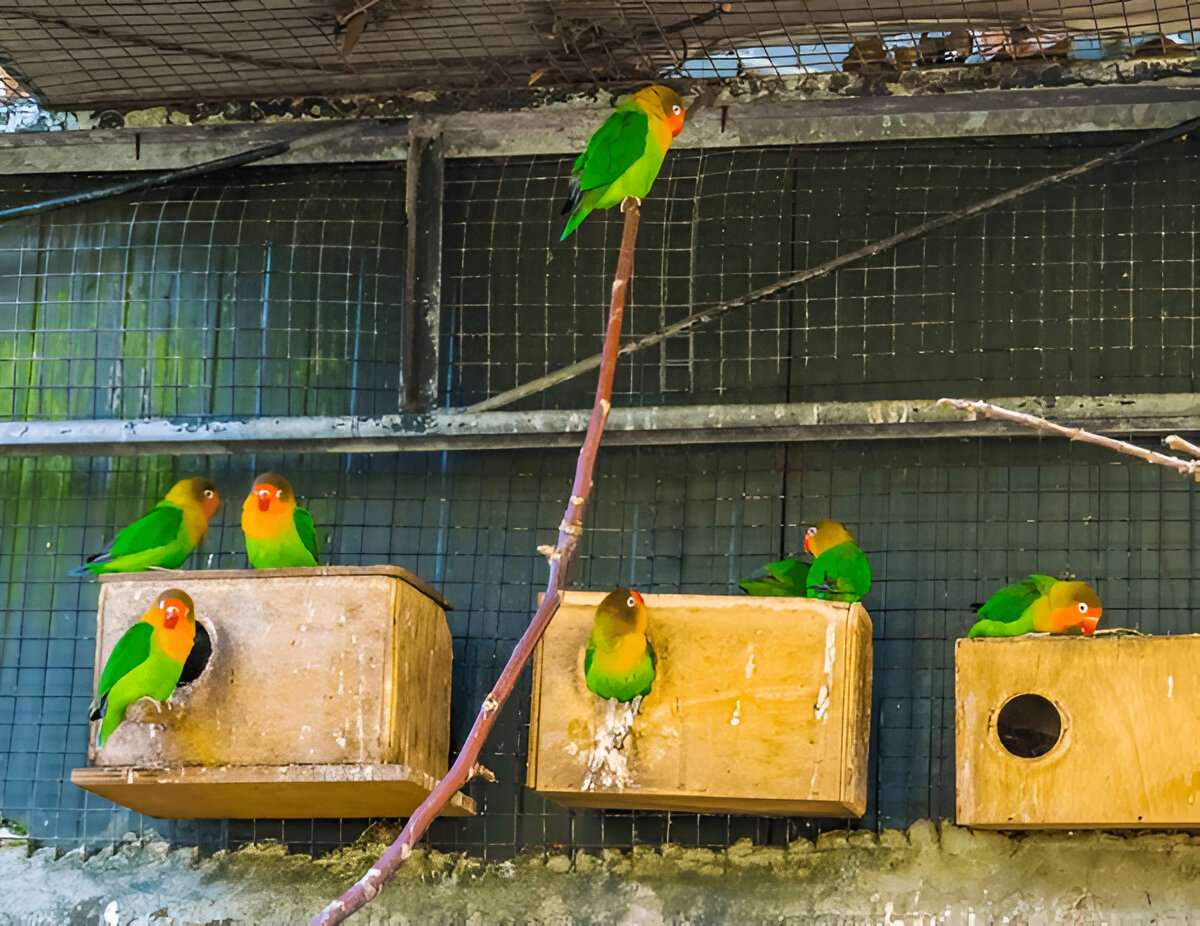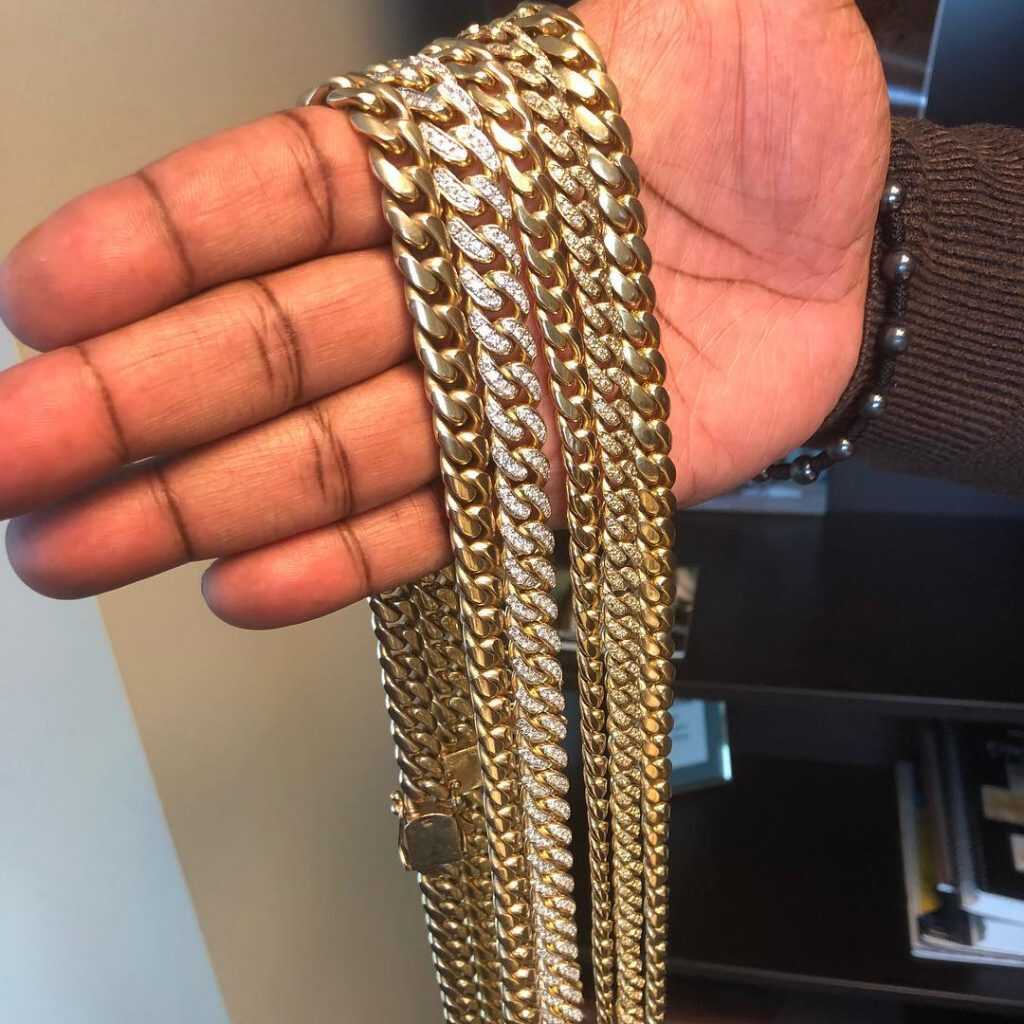Creating a backyard aviary is a rewarding project for bird lovers. It provides a safe and comfortable environment for your feathered friends to fly, explore, and thrive. Whether you are looking to house a few pet birds or create a sanctuary for wild species, building an aviary near me can be both fun and beneficial for your birds. In this article, we’ll guide you through the steps of designing and constructing your very own aviary to give your birds the space they deserve.
Understanding the Purpose of Your Aviary
Before diving into construction, it’s important to define the purpose of your aviary. Are you planning to keep small pet birds, such as budgies or finches, or are you considering housing larger species, like parrots? Will your aviary be for birds that are already pets, or do you want to attract wild birds to your yard? Understanding the purpose will determine the size, structure, and type of materials you’ll need.
A backyard aviary can serve various purposes. It can be a simple, enclosed space for pet birds to roam freely outside, or a more elaborate setup for rehabilitating injured wild birds or supporting conservation efforts. Your design will need to accommodate the specific needs of the birds, ensuring they have sufficient space to move, fly, and feel secure.
Choosing the Right Location
Choosing the right spot in your backyard is crucial for the success of your aviary. You’ll want to select a location that is both safe and comfortable for your birds. Look for a spot that receives a good amount of natural sunlight but is not overly exposed to harsh winds or extreme temperatures. A shaded area is ideal for providing relief on hot days, while still allowing your birds to get plenty of sunlight.
You should also consider the surrounding environment. Ensure the location is free from predators, such as cats or raccoons, which can easily access the aviary. Additionally, placing the aviary away from heavy foot traffic will reduce stress for the birds and allow them to enjoy a peaceful environment.
Designing the Aviary Structure
The structure of your aviary will depend on the types of birds you want to house and the available space in your backyard. For smaller species, a compact aviary may suffice, but for larger birds like parrots or cockatoos, you’ll need a more expansive design. The aviary should have both horizontal and vertical space for birds to fly and move comfortably.
Start by creating a basic layout. The dimensions of aviary near me should reflect the needs of the birds you intend to house. Generally, larger aviaries are better, as they provide more freedom of movement, but it’s important to keep the structure proportionate to your yard. Remember that the more space you provide, the happier and healthier your birds will be.
When constructing the frame, use durable materials like treated wood or metal. The frame should be strong enough to withstand the weight of the materials and the birds’ movement. The walls of the aviary should be made of strong wire mesh to keep the birds in and predators out. Make sure the mesh is fine enough to prevent birds from slipping through or getting stuck.
Adding Perches, Nesting Boxes, and Other Essentials
Once the structure is in place, it’s time to add the essentials that will make the aviary a comfortable home for your birds. Perches are one of the most important additions to an aviary. Birds spend a significant amount of their time perched, so providing multiple perches at varying heights and angles is essential. These can be made from natural branches or wooden dowels. Varying the diameter of the perches will also help prevent foot problems.
You’ll also need to include nesting boxes or suitable nesting areas for breeding birds. These should be placed in quiet corners of the aviary, where birds can feel safe and secure. For added comfort, include some natural materials like straw or shredded paper inside the nesting boxes.
Other essential items to add include water dishes, food containers, and toys. Birds need access to fresh water at all times, so include a water feature that is easy to clean and refill. Food containers should be placed in an accessible area, but out of the way of the birds’ flying paths. Finally, adding a few bird-safe toys, like swings or mirrors, will keep your feathered friends entertained and mentally stimulated.
Ensuring Safety and Security
Safety should be your top priority when building a backyard aviary. Ensure the structure is sturdy enough to withstand harsh weather conditions and the occasional curious animal. Use sturdy materials for the floor and ensure that there are no gaps or weaknesses that predators could exploit.
In addition to the physical structure, you’ll need to ensure that the aviary is free from harmful chemicals or materials that could pose a danger to your birds. Avoid using treated wood or anything that could release toxins into the air or water. Ensure the area is free from pesticides and other chemicals that could harm the health of your birds.
A secure lock is also essential for the safety of your birds. Birds are naturally curious, and they can easily escape if the aviary isn’t properly secured. Check the lock regularly to make sure it’s working correctly.
Attracting Wild Birds
If you’re not planning to house pet birds and are instead aiming to attract wild birds to your aviary, there are a few additional steps to consider. You can plant native plants, shrubs, or trees around the aviary to create a more welcoming environment. Wild birds are attracted to natural food sources, so planting berries, seeds, or flowers that produce nectar will help draw them in.
Additionally, consider providing bird feeders or birdbaths outside the aviary. These additions will encourage wild birds to visit, creating a natural, dynamic environment for your feathered friends.
Maintaining the Aviary
To ensure your birds stay healthy and happy, regular maintenance of the aviary is essential. Clean the aviary regularly to prevent the build-up of dirt, debris, and bird waste. Remove uneaten food, change the water daily, and inspect the structure for any signs of wear or damage. The birds’ perches and nesting boxes should be cleaned or replaced regularly to maintain a hygienic environment.
Maintaining your aviary will ensure that your birds have a comfortable and safe space to live, while also preventing any health issues that may arise from neglect.
Conclusion
Building a backyard aviary is an exciting project that can greatly enhance your outdoor space while providing a safe and enjoyable environment for your birds. With the right materials, design, and care, your aviary will become a peaceful haven for your feathered friends, enabling them to thrive in a natural environment. Whether you’re housing pet birds or attracting wild species, a well-constructed aviary will be a rewarding addition to your backyard.



